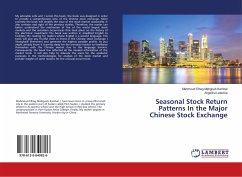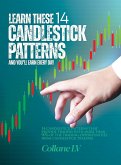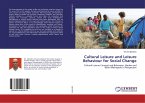Historically, leisure researchers have examined participation in leisure activities by using frequency of individual involvement or categorizing leisure participation into groups such as reading, culture, outdoors, arts & crafts and sports. This study examined participation in leisure activities using the concept of leisure repertoire. Leisure repertoire has been defined as "the number of leisure activities available to or participated in by the individual" (Iso-Ahola, 1980, p. 174). The question arises, how is the range of leisure involvement affected by variables such as age, marital status, highest educational attainment, self-determined health status, age of respondent s youngest child, personal income level, and labour force status of the respondent? The research objectives of the study were to: a) examine the range of leisure involvement for women across the lifespan; and b) examine the influence of socio-demographic determinants on the range of leisure involvement for cohorts of the female boomer generation.
Bitte wählen Sie Ihr Anliegen aus.
Rechnungen
Retourenschein anfordern
Bestellstatus
Storno








